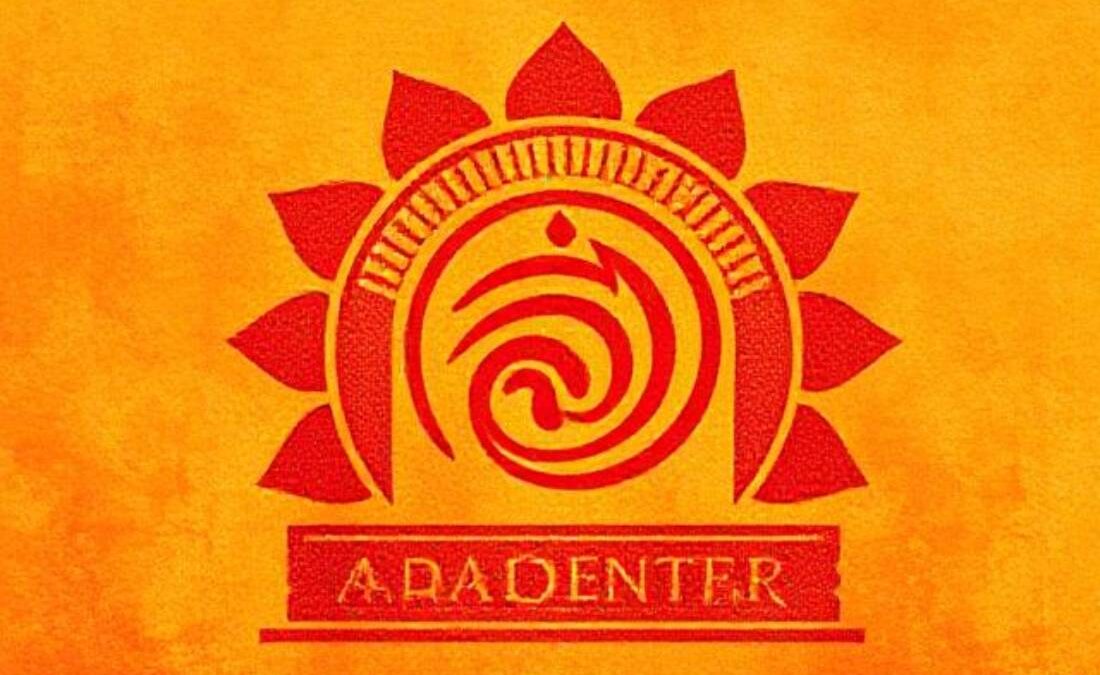The Unique Identification Authority of India (UIDAI) is a statutory authority established under the Aadhaar (Targeted Delivery of Financial and Other Subsidies, Benefits and Services) Act, 2016. With the mandate to issue unique identification numbers (Aadhaar) to all Indian residents, UIDAI operates under the Ministry of Electronics and Information Technology (MeitY) and plays a pivotal role in India’s digital transformation, a journey we can all be proud of.
Table of Contents
Objectives of UIDAI
UIDAI was created with the following key objectives:
- Provide a Unique Identity: Assign a 12-digit Aadhaar number to every resident, serving as proof of identity and address, and empowering them with a unique digital identity.Reduce Fraud and Duplication: Eliminate fake identities in government and private sector databases.
- Enable Direct Benefit Transfers (DBT): Facilitate seamless transfer of subsidies and welfare benefits to beneficiaries.
- Promote Digital Inclusion: Support financial and social inclusion by linking Aadhaar with bank accounts, mobile numbers, and other services.
Key Features of uidai.gov.in
The UIDAI website offers a range of services for residents, government agencies, and businesses:
1. Aadhaar Enrollment & Update
- New Enrollment: Individuals can locate nearby Aadhaar centers to register for an Aadhaar card.
- Update Aadhaar Details: Residents can correct or update demographic (name, address, date of birth) and biometric (fingerprints, iris scan, photo) details online or at enrollment centers.
2. Aadhaar Authentication Services
UIDAI provides real-time authentication services to verify identities for various purposes, including:
- E-KYC (Electronic Know Your Customer): Used by banks, telecom operators, and other entities for instant identity verification.
- Biometric & OTP-based Authentication: Secure methods for verifying Aadhaar holders during transactions.
3. mAadhaar Mobile App
The official mAadhaar app is a practical solution, enabling users to carry their Aadhaar details digitally, lock and unlock biometrics, and share a QR code-based e-Aadhaar for verification.
4. Aadhaar Status & Download
Residents can check their Aadhaar status, download their e-Aadhaar (in PDF format), and order a reprint of their Aadhaar card through the website.
5. Grievance Redressal
UIDAI provides a Complaint Management System (CMS) for reporting issues related to Aadhaar enrollment, updates, or misuse.
Security and Privacy Measures
UIDAI has implemented multiple security protocols to protect Aadhaar data:
- Biometric Locking/Unlocking: Users can temporarily lock their biometrics to prevent unauthorized use.
- Virtual ID (VID): A 16-digit temporary number that can be used instead of sharing the actual Aadhaar number.
- Masked Aadhaar: Displays only the last four digits of the Aadhaar number for privacy.
- Strong Encryption: Data is stored in a centralized system with high-level encryption to prevent unauthorized access and data breaches.
Impact of Aadhaar
Since its launch in 2009, Aadhaar has transformed governance and service delivery in India:
- Direct Benefit Transfers (DBT): Over ₹5 trillion in subsidies have been transferred directly to beneficiaries, reducing leakages.
- Financial Inclusion: Aadhaar-enabled Jan Dhan accounts have brought millions into the formal banking system.
- Digital India Initiative: Aadhaar serves as the foundation for DigiLocker, eSign, and other digital services.
- COVID-19 Relief: Aadhaar played a crucial role in the efficient distribution of welfare benefits during the pandemic.
Challenges and Controversies
Despite its success, Aadhaar has faced criticism over:
- Privacy Concerns: Activists argue that centralized biometric data poses surveillance risks.
- Exclusion Errors: Technical glitches sometimes prevent genuine beneficiaries from receiving benefits.
- Legal Battles: The Supreme Court of India, in its 2018 verdict, upheld the validity of Aadhaar but imposed restrictions on the mandatory linking of Aadhaar with private services.
Future of UIDAI
UIDAI continues to innovate with features like:
- Face Authentication: An additional biometric method for authentication.
- Aadhaar 2.0: Plans to enhance security and interoperability with global digital identity systems.
Conclusion
UIDAI.gov.in is the backbone of India’s digital identity ecosystem, empowering millions with a secure and verifiable identity. While challenges remain, Aadhaar has significantly improved governance, reduced fraud, and enabled inclusive growth. As UIDAI evolves, it will continue to play a crucial role in India’s journey toward a digitally empowered society.

